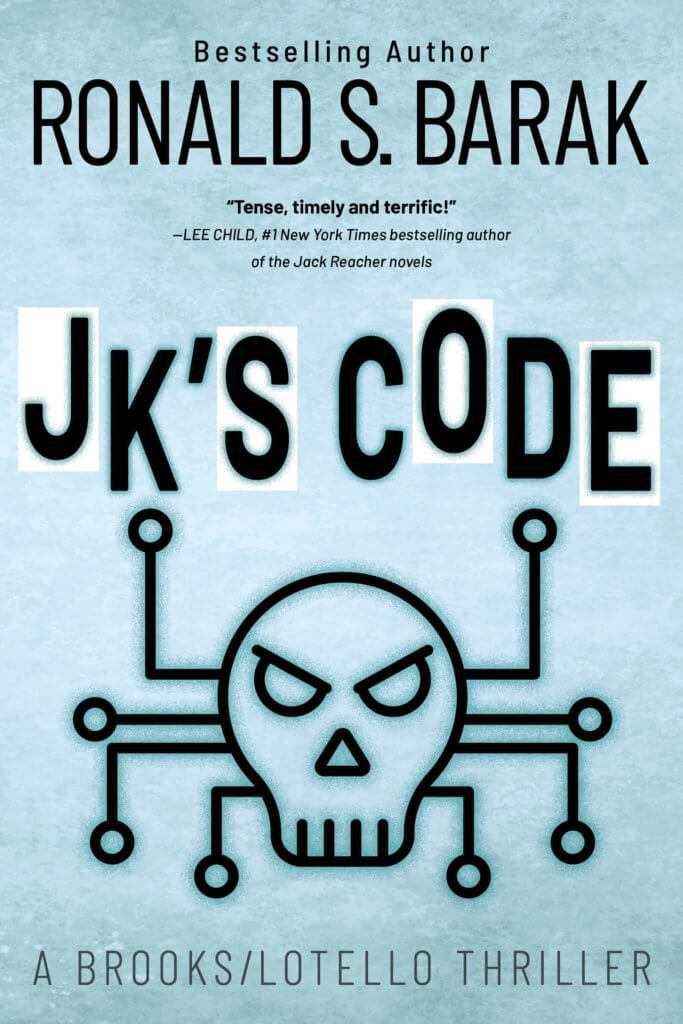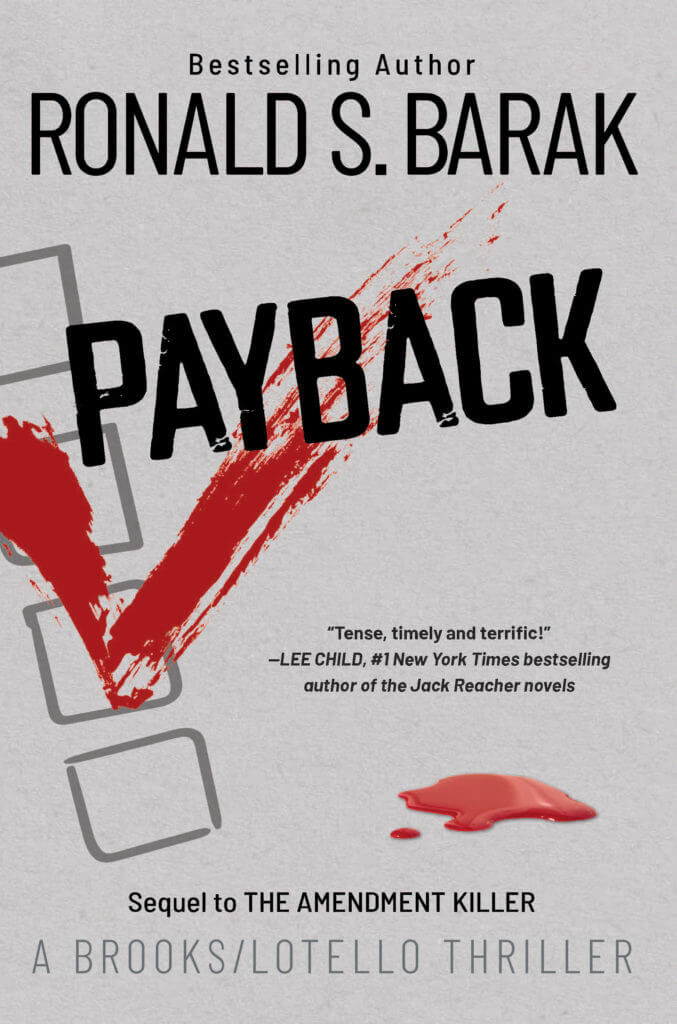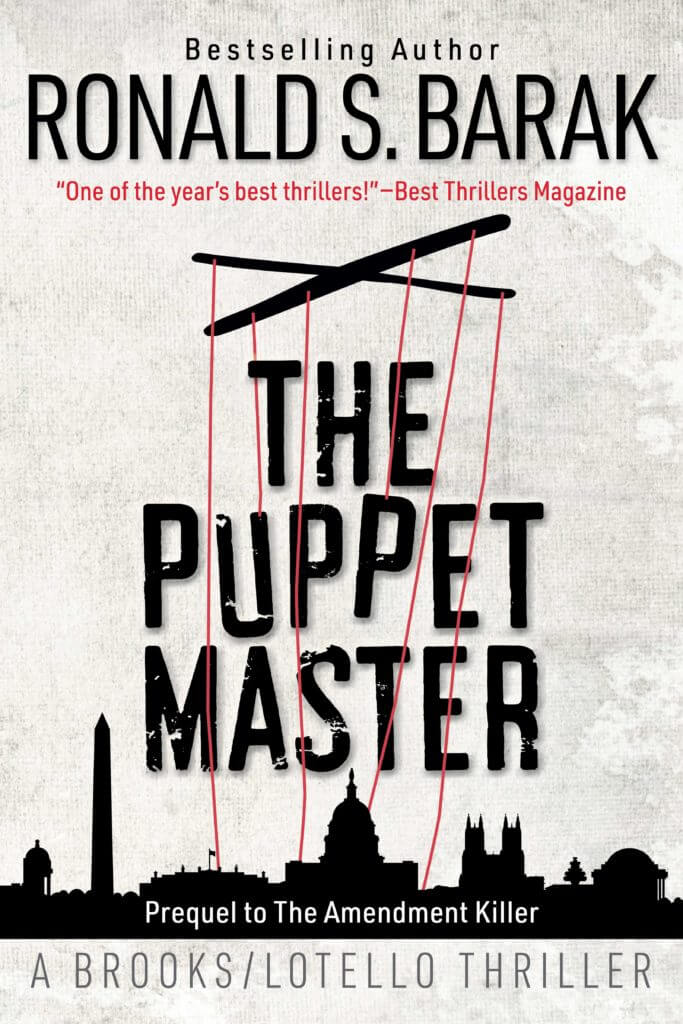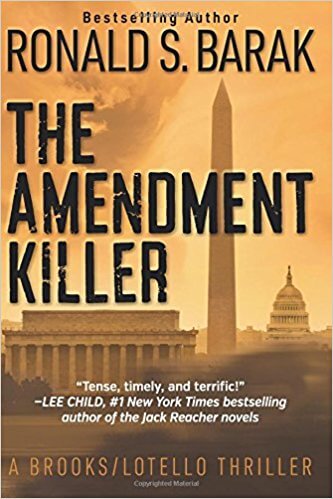(Author’s Note: This particular read is not for the faint of heart, but if you have reason to want to gain a basic understanding of copyright law or how my twisted mind looks at things, then pull up a chair, fasten your seatbelt, and let’s get started. Hey, it’s a resource. It’ll always be here for you. And you can always read it in instalments of your own choosing. I’ve even noted my own recommended installments. It won’t make it any shorter, but at least you’ll know when perhaps you should stand up and do a bit of stretching.)
Chapter 1 – Introduction, Sticking Your Toe In The Water
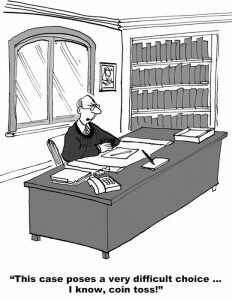 How often have we heard that a picture is worth a thousand words? I don’t know about you, but if I’ve heard it once, I’ve heard it . . . a thousand times. I’m sold. I believe it. Especially for one as wordy as I am. (I figure if I plead guilty first and say it often enough I’ll take the wind out of the sails of all who might want to accuse me of the obvious.)
How often have we heard that a picture is worth a thousand words? I don’t know about you, but if I’ve heard it once, I’ve heard it . . . a thousand times. I’m sold. I believe it. Especially for one as wordy as I am. (I figure if I plead guilty first and say it often enough I’ll take the wind out of the sails of all who might want to accuse me of the obvious.)
Far be it for me to advise others who share my love of writing on how best to ply their craft. I’m still working that out for myself. I’m not about to presume to tell others how best to do that! But how a writer can safely use a photo, an image or a sketch created by another in a piece of their own writing, typically a blog, is another matter altogether. Because of my legal background and my effort to unravel this very important and confusing subject, if only for my own purposes, I do feel qualified to share my conclusions, as simply and efficiently as possible (or at least as efficiently as I can be) in the hopes that it will be of interest, and benefit, to others as well.
One other admonition before I jump into it. I may be a lawyer (duh!), but I’m not your lawyer. Well, for some of you (and you know who you are) who might quarrel with that last statement, to be more precise, I’m not your lawyer in this context. So, if you want someone you can sue for giving you bad legal advice, then go out and hire and pay him or her first. Besides, anyone who might want to rely on my advice on this subject, is per se guilty of contributory negligence, and couldn’t likely assert a claim anyway!
Anyone who writes a blog knows that all good blogs contain at least one good photo, image or sketch to make that blog “pop.” Not only is a picture worth a thousand words (and based on my count so far I’m going to need at least two pictures in this blog), but a good picture, image or sketch shows what you are made of and what separates you from the million others who might be writing about the same thing you are. That’s simply the world we live in today.
This brings us to the concept of “copyright,” a highly complex and vague body of law that imposes constraints on the rights of people to use artistic works they didn’t create. The first uncertainty about this body of law is just who it’s intended to protect. For everyone who thinks it’s meant to protect the one who creates the artistic work, there is another (me included) who thinks it’s meant to protect the public—to encourage the creative types to keep creating so that the rest of us can enjoy what they create. The thought is that offering the artist some reasonable amount of protection will encourage them to keep creating, and sharing what they create. Without copyright law, would we ever have seen the works of Picasso, Van Gogh or Michelangelo? (Copyright is not a new concept.)
Chapter 2 – If You’re Still Reading, Let’s Get To It
So how does it work? One who creates (I’ve been trying to avoid saying “creator,” because there’s only one of those, although we might argue who that is, but he or she probably doesn’t need any help) the “original work” is entitled to “reasonable” protection of the right to use and exclusively display that original work. However, if the work is in the “public domain,” then no such protection is available.
So, where are the boundaries between original work and public domain? Like with many aspects of copyright law, there are no sure answers, no safe harbors. You have to apply common sense and hope, if litigation ensues, that the common sense of the judge or jury will match yours rather than the creator’s. (There, I used the word, get over it. Besides, that word is certainly in the public domain and not an original work. Are you starting to get the hang of that boundary?)
There’s an important exception to copyright protection of an original work of art. It’s known as the “fair use” doctrine. Because, at the end of the day, the law perceives that public interest trumps private property rights, one may make “limited reasonable use” of an original work of art that does not “unreasonably” interfere with the right of the owner to use his or her original work of art as he or she wishes. For the most part, this exception is generally available for “criticism, news reporting, parodies, or teaching,” as distinguished from less noble “commercial use.”
Think that’s helpful? Really? Is a college professor teaching a class not engaged in commercial use of the art when teaching is how he earns his or her livelihood? The teacher is probably safe, but this should help to illustrate (as in art?) that there’s only certainty in death and taxes. (I think someone else said that, but it’s in the public domain so I can say it too, and I’m not guilty of plagiarism because I admit I took it from someone else.) At the end of the day, what is in the public domain and what is fair use is whatever the judge or jury says it is on a case by case basis.
If you want assured safety, you need to buy a license to use the work in the way you intend directly from the owner or you need to buy an insurance policy that assures your right to use the work—and you need to carefully check the exclusions in that policy! And don’t think for a second that you are safe just because Google says the work is available for use. When the owner sues you and claims otherwise, Google won’t back you up. Have you ever tried to telephone or email Google? Trust me, your call is NOT important to them and there will be no one there, wherever there is, to take your call. Don’t believe me. Try calling Google, or emailing them. Let me know how that goes.
How about all those services out there who offer “free” art or cheap licenses to use the art? Some of them even offer “protection” in their licenses, but you need to read those so called protections very carefully. Think Swiss cheese—lots of (loop) holes, more than the exclusions in the insurance policies I mentioned in the preceding paragraph. And make sure you know where those services will be when you need them and what their financial resources and capabilities are to protect you as they promise if and when you need it. You’ll find out, as with Google, that they may be on holiday when you need them. However, you can be sure they don’t have the resources to back up their promises that Google does.
So, what are you to do if you don’t want to devote your precious resources to lawyers and litigation and buying expensive customized licenses from the owner (if you can ever find them, see examples below) and you don’t have the time to quit your day job every time you write a blog? Aside from not using any art that is, which I understand really isn’t a very helpful answer (although at least you didn’t pay much for it).
A more practical answer: Read this blog a second time, use your common sense (litigation is no cheaper for the owner than you) and try to stick to works of art in the public domain and to uses that will be protected by fair use. And keep in mind (with no guarantees) that the law will generally protect you if you promptly remove the work of art from your blog upon demand from the owner to do so. The law seems to suggest that if you do that it will insulate you from damage claims from the owner.
Chapter 3 – If You’re Still Here, Then Let’ Take It Home With Some Helpful Examples
So, now that you know all there is to know about this subject, let’s consider a few highly visible examples: The photo shopped image of Hillary Clinton in a Donald Trump hairdo that has recently made the rounds; the gut wrenching photo of the young migrant boy washed up and lying dead on the Turkish beach that is everywhere you turn (in the lingo of the various social media engines, “trending”; and the well-known artistry of Weird Al Yankovic.
Let’s start with the parodies of Weird Al because it’s perhaps the most insightful and instructive of these three examples. Consider Madonna, the recording artist, who, among other pieces of music, wrote and performed Like a Virgin, not only a hit work of music, but also emblematic of the anti-social, shock brand she was intentionally building at that time in her career, the precursor perhaps of Miley Cyrus’s “twerking.”
Unquestionably, Madonna was the owner of the original work of art, Like a Virgin. If Cyrus wanted to record her own version of Virgin, she would be violating Madonna’s copyright of Virgin unless she purchased the right to make that recording—a license—from Madonna.
Now, consider Yankovic, who has made a career out of parodying original music works of art. He recorded a song Like a Surgeon, in which the music was basically the same as in Virgin, but in which he completely rewrote the lyrics to deal with a surgeon rather than a virgin.
Under the fair use doctrine, Yankovic could do Surgeon without having to pay Madonna anything. (To be sure, largely for the practical reasons discussed above, my understanding is that Yankovic does not want to be a target and won’t put his parodies in play unless he can first obtain a license from the original artist at a price worth it to him to eliminate any uncertainty and any possible legal expenses, even in the event of winning.)
Now, let’s consider that I (perish the thought!) wanted to record a second parody of Virgin called Like a Sturgeon, about an unusual fish. And let’s assume that my sturgeon doesn’t remotely resemble Nemo of Disney’s famous Finding Nemo animated film, which would raise still an additional set of copyright issues that we don’t need to further complicate matters.
Just like Yankovic, I could parody Madonna’s Virgin with relative (but not certain) comfort. However, I would now also have to consider Yankovic’s Surgeon. Would Sturgeon also be a parody of Surgeon or would a court possibly consider that to be a pure copy of Surgeon and a violation of Yankovic’s copyrights, just the same as if Cyrus recorded her own version of Virgin? The unfortunate answer is that it could be argued either way; it would be up to the courts to decide. I warned you at the start of this blog, these issues are definitely not for the faint of heart.
Now that we have that straightened out, let’s move on to the photo shopped image of Clinton in the Trump hairstyle. True story: I wanted to use a copy of this photo shopped Clinton/Trump image in a blog I was writing. My website administrator advised me against doing that. I was surprised. But after I looked into the subject a bit, I concluded that she was at least theoretically right (although pragmatically over the top silly cautious).
The issue was not the two underlying photos of Clinton and Trump. Those photos, no doubt copyrighted by some photographers, would seem to be protected by the fair use doctrine. But what about the photo shopped image itself? I wasn’t treating it as news. I was just going to use it. In terms of my original blog, I concluded I wasn’t bomb proof safe at all, which was the only kind of safe I wanted. (Note, I could probably use that combined photo as an illustration in this blog and be “perfectly” safe as fair use teaching.)
So, I canceled my original blog—and my independent creative thought that I simply wanted to embellish with the Clinton/Trump photo that had gone viral all over the world. I wasn’t happy, but ultra-conservative me, who isn’t looking to make legal precedent for my own account and at my own expense, was safe. Could I have got away with just using it? Probably. That combined photo is everywhere. If that isn’t in the public domain and therefore not copyrightable, what would be? And try figuring out who the owner of that combined photo is. I tried, just to see if I could. It’s all but impossible. It would take greater research skills than I possess, and greater patience and time than I have. So, even if I wanted to look into a license, the timeliness of my blog would have been long gone before I could even figure out who to ask for a license.
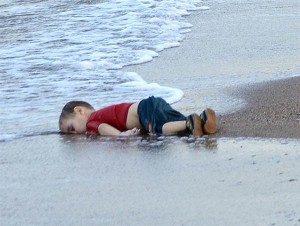 How about the picture of the little boy lying so still on the Turkish beach? The viral nature of the Clinton/Trump photo pales by comparison to the viral nature of the photo of the little boy, as well it should. Public domain? Probably. Fair use. Probably. But guaranteed legally safe and not just pragmatically safe? Nope. Do you see that photo in this blog? Nope. Wait a minute. Yes you do. Right there at the end of the next paragraph.
How about the picture of the little boy lying so still on the Turkish beach? The viral nature of the Clinton/Trump photo pales by comparison to the viral nature of the photo of the little boy, as well it should. Public domain? Probably. Fair use. Probably. But guaranteed legally safe and not just pragmatically safe? Nope. Do you see that photo in this blog? Nope. Wait a minute. Yes you do. Right there at the end of the next paragraph.
Why? Because common sense says yes. Go ahead. Do it. Why self-censure myself now? It’s unlikely that whoever first took this picture didn’t wish for it to have the broadest circulation possible, free of charge. Why else was he or she out there on that chilly beach following these poor migratory souls and looking for a story, or at least a picture? It’ll be soon enough to submit to censure and delete the following picture if and when someone actually comes forward, proves to my satisfaction that he or she is the owner of this photo, that it is not in the public domain and that my use of it is not fair use. If all of that happens, that’ll be soon enough to chicken out and promptly take the picture down.
Join the discussion either by logging in just below or by signing into your favorite social media outlet. If you’re having trouble, please follow these instructions to guide you! Thanks!

